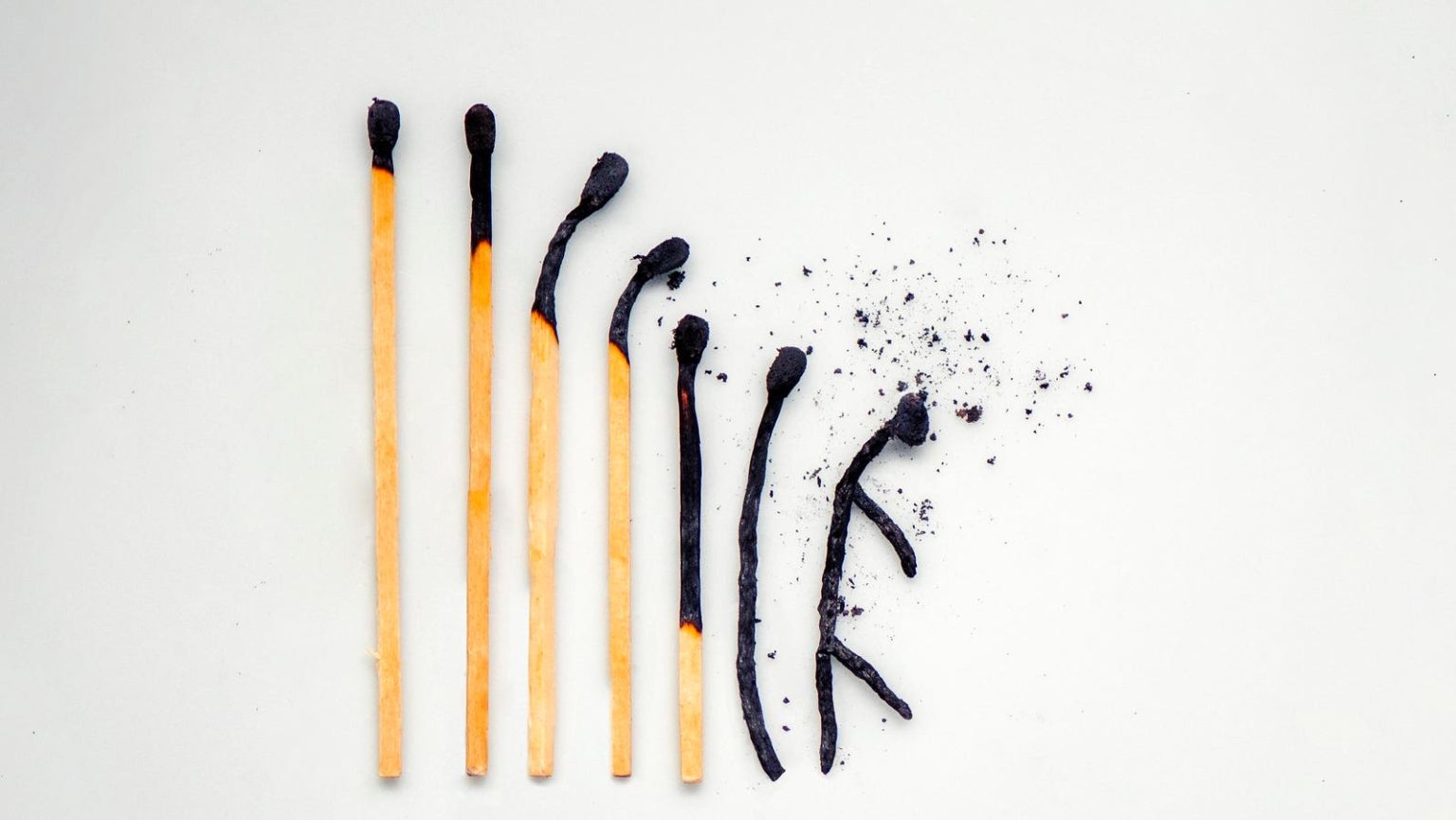The Ubiquitous Grip of Burnout: A Modern Workplace Epidemic
The specter of burnout continues to loom large over the modern workplace, defying expectations of a post-pandemic reprieve. Instead of subsiding, the pervasive exhaustion, both emotional and physical, has intensified, leaving employees across all sectors grappling with unprecedented levels of stress. This phenomenon transcends industry boundaries, impacting seasoned professionals and newcomers alike, contributing to a worrying trend of career shifts, downshifting, and complete workforce departures. The relentless pressure persists, even as the workforce landscape undergoes significant transformations, with remote work becoming more prevalent and traditional office structures evolving. The collective burden on remaining employees remains substantial, contributing to the pervasive feeling of overwhelm.
The statistics paint a stark picture of this escalating crisis. A recent Mercer report reveals a staggering 80% of employees are teetering on the brink of burnout in 2024. This alarming figure is echoed by the American Psychological Association’s 2023 work survey, which indicates that over half of all workers experience the detrimental effects of work-related stress, a key precursor to burnout. Women, in particular, are bearing the brunt of this pressure, with 50% reporting even higher stress levels compared to the already elevated levels of the previous year. The healthcare sector, ironically tasked with caring for others, is not immune to this epidemic. Nearly half of physicians are currently experiencing burnout, a significant increase compared to pre-pandemic levels. Despite increased awareness of burnout and the proliferation of workplace wellness programs, the issue persists, threatening to become the new normal. This normalization of burnout presents a grave danger to individuals, families, and communities, demanding urgent attention and proactive solutions.
Recognizing the Subtle Signs of Burnout: A Critical First Step
The insidious nature of burnout lies in its multifaceted manifestations, often masked by seemingly innocuous symptoms. From persistent fatigue and lack of motivation to forgetfulness and difficulty concentrating, the signs can be both physical and mental. Emotional shifts can also be indicative, ranging from heightened anxiety and depression to unexpected outbursts of anger, cynicism, or self-criticism. Personality changes might also occur, with introverts becoming unusually talkative or extroverts withdrawing into silence. Impatience, frustration, and diminished attention to detail are further red flags. Recognizing these subtle yet significant changes in oneself and colleagues is crucial for early intervention.
A valuable tool for self-assessment is the Maslach Burnout Inventory (MBI). This scientifically validated instrument, developed by renowned burnout researchers Drs. Christina Maslach and Michael Leiter, helps individuals gauge their risk by evaluating three key dimensions: exhaustion, depersonalization, and personal accomplishment. The MBI provides a framework for understanding the complex interplay of these factors, offering a clearer picture of one’s current state. It is important to remember that burnout is considered an occupational hazard, not a medical condition, although it can certainly have significant health implications.
Navigating the Path to Recovery: A Five-Step Approach
If self-assessment suggests the possibility of burnout, consulting a medical professional is essential. A doctor can confirm the assessment, rule out other underlying conditions with similar symptoms, and offer guidance on the recovery process. The following five steps can provide a roadmap for reclaiming well-being:
-
Re-evaluate Goals and Values: Honest introspection is crucial. Examine your mindset, identify unhelpful patterns of thought, and ensure your priorities align with your core values. Clarifying what truly matters can provide a renewed sense of purpose and direction.
-
Disconnect from Stressors: This may involve significant changes, such as leaving a toxic work environment, or smaller adjustments, such as taking mental health days, scheduling regular breaks, and limiting screen time. Prioritizing self-care and creating boundaries are essential for mitigating stress.
-
Focus on Micro-practices of Health: Small, sustainable changes can have a profound impact. Prioritize sleep, adopt a healthier diet, incorporate regular exercise, and explore mindfulness practices like meditation. These seemingly minor adjustments can significantly improve physical and mental well-being.
-
Build and Enforce Work-Life Boundaries: Establish clear boundaries between professional and personal life. Set an alarm to signal the end of the workday, create achievable to-do lists, and resist the urge to be constantly available. Learning to say no and prioritizing personal time is essential for preventing burnout.
- Explore Alternative Paths and Opportunities: Consider both large and small changes that could improve your overall situation. This might involve leaving a detrimental relationship, pursuing a new career path, or simply carving out dedicated time for personal pursuits. Identify the necessary changes and take proactive steps to implement them.
The Role of Employers in Fostering a Culture of Renewal
Addressing burnout requires a collaborative approach, with employers playing a pivotal role in supporting employees’ recovery. Open communication and a willingness to implement supportive measures are crucial. This can include temporarily reducing responsibilities without altering job titles, increasing team capacity to alleviate workload, offering sabbaticals or extended leave, providing access to coaching and mental health resources, and promoting healthy lifestyle choices through workplace wellness programs. A supportive work environment is essential for creating a culture of well-being and preventing burnout.
The Journey to Renewal: A Collective Endeavor
Recovery from burnout is a gradual process, often taking months or even years. However, individuals need not navigate this journey alone. Sharing experiences with trusted friends and family, seeking professional guidance, journaling, and practicing self-compassion can provide invaluable support. Millions are already on the path to renewal, demonstrating that recovery is possible. Taking the first step, such as completing the MBI assessment and consulting a doctor, is crucial. Help is available, effective, and accessible, regardless of industry or background. Prioritizing well-being is not a luxury but a necessity for a thriving workforce and a healthier society.















